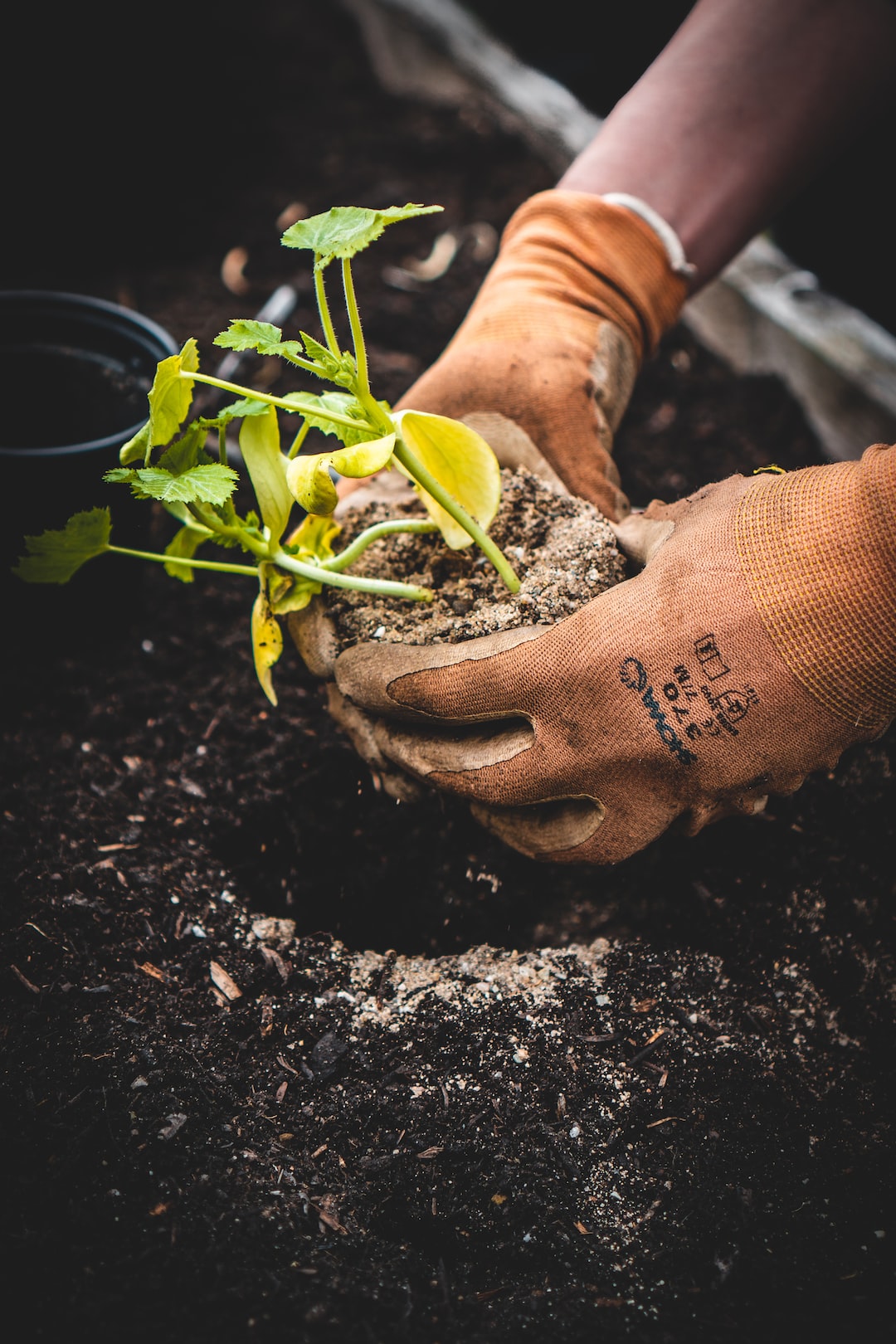Whether you are a seasoned gardener or just starting out, having the right tools is essential for maintaining a beautiful and thriving garden. Investing in high-quality, durable tools will not only make your gardening tasks easier but also ensure that your plants receive the care they need. In this blog post, we will explore some essential gardening tools and how to use them effectively.
1. Gardening Gloves:
Gardening gloves are a must-have for any gardener. They protect your hands from potential cuts, blisters, and thorns while working in the garden. When choosing gloves, opt for ones that fit snugly and provide ample dexterity. Properly-fitted gloves allow you to handle plants and tools with ease. Remember to wash and dry your gloves after each use to keep them clean and prevent the spread of disease.
2. Hand Trowel:
A hand trowel is a versatile tool that is used for transplanting small plants, digging holes, and removing weeds. It is designed with a pointed blade and a handle that allows for easy maneuvering in tight spaces. When using a hand trowel, hold it firmly and use a digging motion to penetrate the soil. Gently wiggle the trowel back and forth to create a hole or lift out weeds. With practice, you will become adept at using this essential tool for various gardening tasks.
3. Pruning Shears:
Pruning shears, also known as secateurs, are used for cutting and shaping plants. They are essential for pruning dead or damaged branches, shaping shrubs, and harvesting flowers and fruits. When using pruning shears, always ensure that the blades are sharp for clean cuts. Hold the shears in a way that allows you to exert maximum control and apply even pressure. Prune plants at a 45-degree angle above a bud or leaf node to promote healthy growth.
4. Garden Fork:
A garden fork is a sturdy tool used for turning and aerating the soil, breaking up clumps, and lifting heavy objects. It is particularly useful for digging into compacted soil or removing stubborn roots. When using a garden fork, grip the handle firmly and use your body weight to drive the fork into the ground. Push the fork down and rock it back and forth to loosen the soil or lift heavy objects.
5. Rake:
A garden rake is used for leveling soil, removing debris, and preparing seed beds. It consists of a sturdy head with multiple tines and a long handle. When raking, hold the handle at a comfortable height and use a sweeping motion to remove leaves, grass clippings, or stones. Raking helps to create a smooth surface for planting and prevents the buildup of thatch.
6. Watering Can:
A watering can is an essential tool for efficiently watering your plants. Look for a can with a detachable rose attachment to provide a gentle shower-like spray. When watering, hold the spout close to the base of the plant to ensure that the water reaches the roots. Avoid splashing water onto the leaves, as this can lead to fungal diseases. Depending on the plants’ needs, water deeply and infrequently, allowing the soil to dry out between waterings.
7. Wheelbarrow:
A wheelbarrow is a gardening tool that makes transporting heavy loads and bulk materials easier. It is particularly useful for moving soil, mulch, compost, or potted plants around the garden. When loading the wheelbarrow, distribute the weight evenly and ensure that the load is secure. Push the wheelbarrow from behind and use your legs to provide the force needed to move it smoothly.
In summary, having the right tools and knowing how to use them properly can significantly enhance your gardening experience. Gardening gloves, hand trowels, pruning shears, garden forks, rakes, watering cans, and wheelbarrows are some essential tools that every gardener should have. By investing in quality tools and taking the time to learn correct techniques, you can create and maintain a vibrant and healthy garden for years to come.


